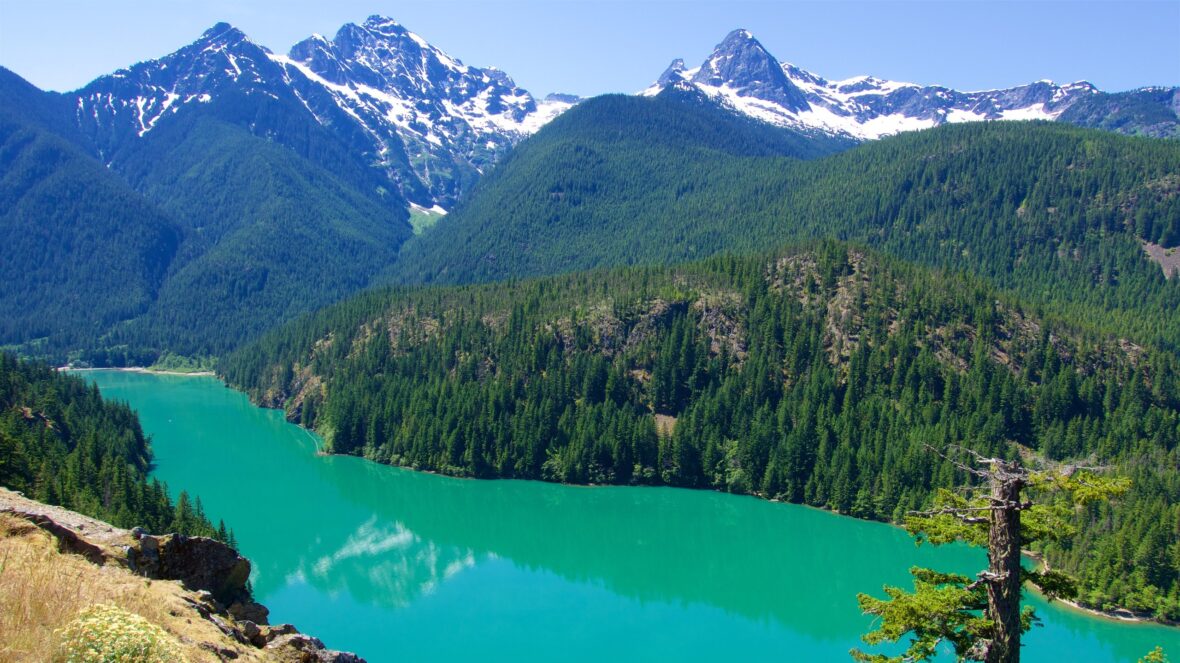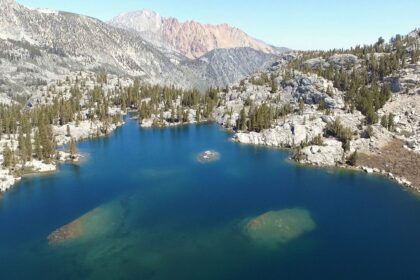Concrete is a town in north-central Skagit County, Washington, United States. It is part of the Mount Vernon-Anacortes, Washington Metropolitan Statistical Area, and had a population of 705 at the 2010 census. Take a look below for 20 interesting and awesome facts about Concrete, Washington, United States.
1. The town of Concrete has undergone several incarnations, the earliest being a settlement at the northwestern junction of the Baker and Skagit Rivers, known as “Minnehaha.” Amasa “Peg-Leg” Everett was one of the earliest settlers and in 1890, the townsite was platted by another settler, Magnus Miller.
2. Shortly thereafter, a post office was established and the town name changed to “Baker.”
3. In 1905, a settlement across the Baker River came into being due to the building of the Washington Portland Cement Company and was named “Cement City.”
4. After the Superior Portland Cement Company plant was built in Baker in 1908, it was decided to merge the two towns. Inhabitants of the new community settled on the name “Concrete” and the town was so christened and officially incorporated on May 8, 1909.
5. Concrete is home to a number of historic buildings and engineering milestones.
6. Built in 1916–1918 and so named for the Scottish immigrant, local settler, and Skagit County Commissioner who promoted its construction.
7. The naming occurred after Henry Thompson was killed by a logging train in 1918.
8. At the time, its graceful arch was the longest single-span reinforced concrete bridge in the world or perhaps just in the West and has been listed on the Washington State and National Historic Register since 1976.
9. Until 1972, when the Washington State Department of Transportation re-routed Highway 20 (then known as Star Route 20) outside the town, the Thompson Bridge was the only connecting thoroughfare across the Baker River and into eastern Skagit County.
10. The bridge was originally designed by Bowerman and McCloy Consulting Engineers and built by J.R. Wood Contractors (both of Seattle).
11. It underwent a complete rehabilitation in 2003-2004.
12. The engineer for the rehabilitation was Entranco, Inc. of Bellevue (who has since been acquired by AECOM) and the contractor for the rehabilitation was One Way Construction of Sedro-Woolley.
13. Concrete High School was built in 1952. Constructed with the typical and necessary scholastic appointments and one visible and unusual difference: the central portion of the building was built over the road leading to it.
14. To make the best use of the property, South Superior Avenue passes beneath the building.
15. The building replaced the previous high school building in the center of town.
16. The hallways and the wood shop were used during the filming of the Michael Caton-Jones film, This Boy’s Life in 1993.
17. Concrete High School’s school colors are purple and gold and their team mascot is the Lion.
18. CHS’s sports teams participate in the Northwest 2B/1A league under the Washington Interscholastic Activities Association. Concrete’s Future Business Leaders of America was the fastest growing in the state during the 2012-13 school year.
19. Located in the heart of Concrete Town Center on Main Street, the Concrete Herald Building was originally built in 1918 as a Model T Ford garage complete with a gas-station out front. When the building was later converted to be the Brommer Logging facility, a large apartment was added to the upper story.
20. It was shortly after this that Concrete Herald owner and editor Charles M. “Chuck” Dwelley took over the building and made it into a modern printing facility and new home of The Concrete Herald (established in 1910). When Robert and June Fader purchased the newspaper upon Dwelley’s retirement in late 1970, the building remained the home for the weekly.




